How Far Can You Drive When The Low Fuel Light Is On?
Wondering how many miles you can drive on empty? Learn how many miles you have left when the low fuel light comes on
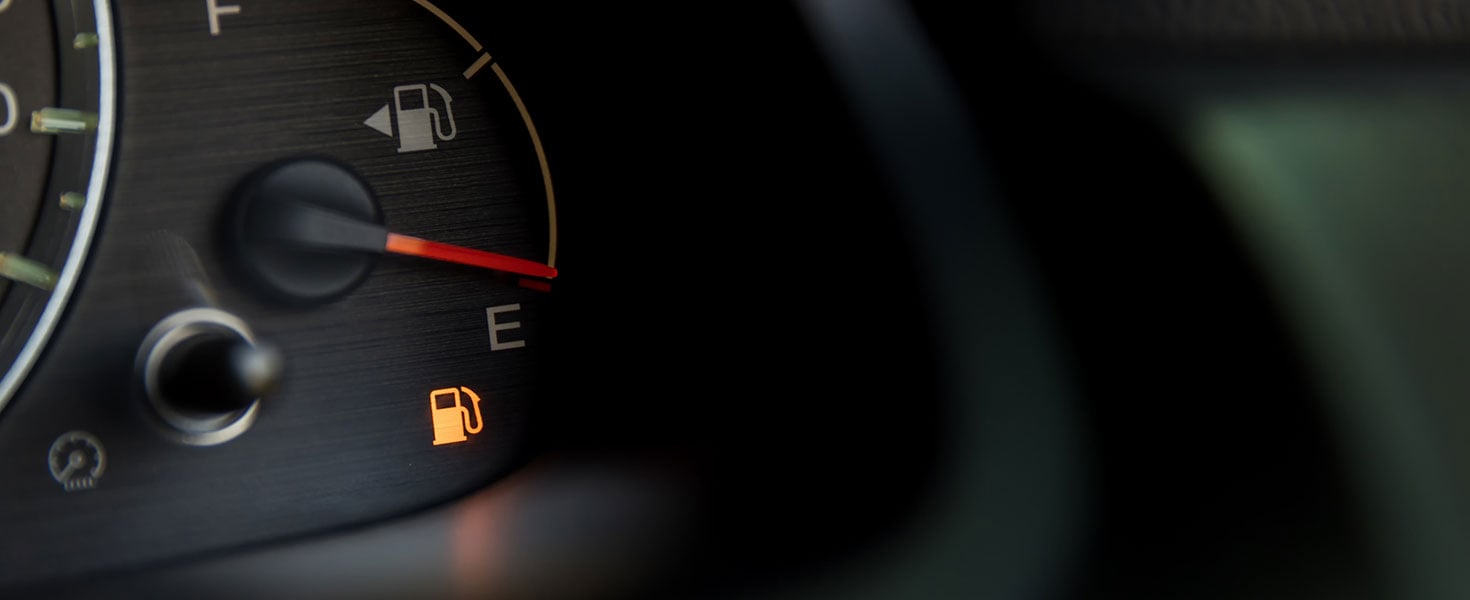

If you’re like most drivers today, you’ve probably found yourself in a situation in which you had to push your fuel tank closer to empty than you’d prefer. We’ve all been there when we're “just going one more exit" on a road trip because we're sure we've got enough gas left. Or, it's when the low fuel light comes on when we're in the middle of nowhere with the closest gas station located farther than our remaining fuel can take us.
So, how many miles can you drive on empty? While a number of factors affect the answer to this common question, it is possible to calculate when you should stop for gas. Here’s how your fuel gauge, fuel tank and system, fuel type and level, vehicle make and model, and other related factors all play a part in how many miles you have left when your gas light comes on.
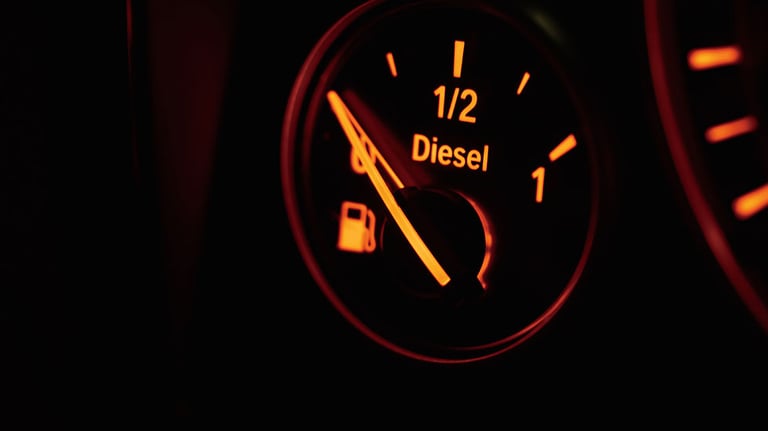
How the fuel gauge in your car works
Made standard on vehicles since 1920, the gas gauge has long helped drivers manage their fuel supply to avoid becoming stranded on the roadside with a bone-dry gas tank—or, even worse, causing an accident or other dangerous situation by running out of gas on the road. Dashboard fuel gauges are usually controlled by a floating sensor that’s attached to an arm inside the gas tank. The system inside the tank also contains a fuel pump, which is known as the sending unit, and a fuel filter. As fuel is burned, the floating sensor begins to lower the arm, which causes the needle on your dashboard gauge to move closer to E.
Once the lever on the sending unit reaches a certain point, the low fuel light serves as a warning to let you know that you're almost out of gas. Exactly when this light comes on and how much fuel is left in the tank are determined by the specific vehicle and its settings.
How many miles do you have left when the fuel light comes on?
Factors that determine how many miles you can drive when your gas light comes on include the make and model of the vehicle, its operational condition, road and weather conditions, your driving habits, and, in some cases, the type of fuel in the tank. For example, a poorly maintained vehicle may have mechanical issues that reduce its fuel efficiency and lower its reserve fuel buffer.
As a general rule of thumb, it's usually safe to drive 30–50 miles once the fuel light has illuminated, but in some larger vehicles, drivers can go up to 80 miles before stopping for gas.
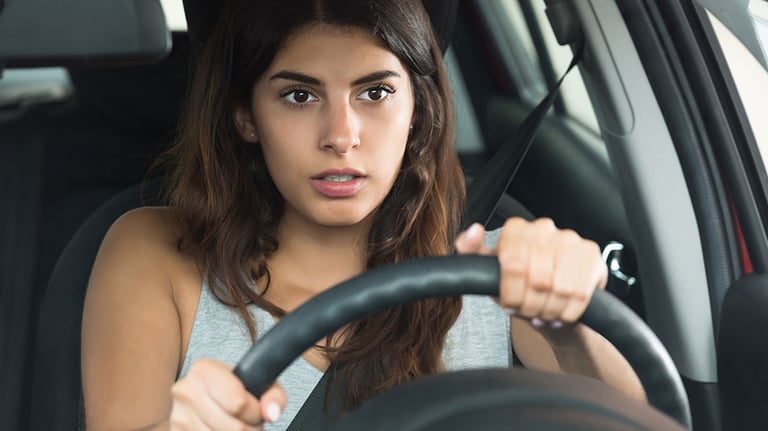
Does cruise control save gas?
Yes, using the cruise control feature on your car is more fuel-efficient and can help increase your miles per gallon. By maintaining a constant, steady speed, cruise control helps conserve momentum, reducing the need for acceleration and deceleration, which burn more fuel. Additionally, the types of roads where cruise control works best, like interstates and highways, are more conducive to maintaining speed since they don’t have stop lights or intersections. Your cruise control works best on flat roads with little traffic and infrequent stops.
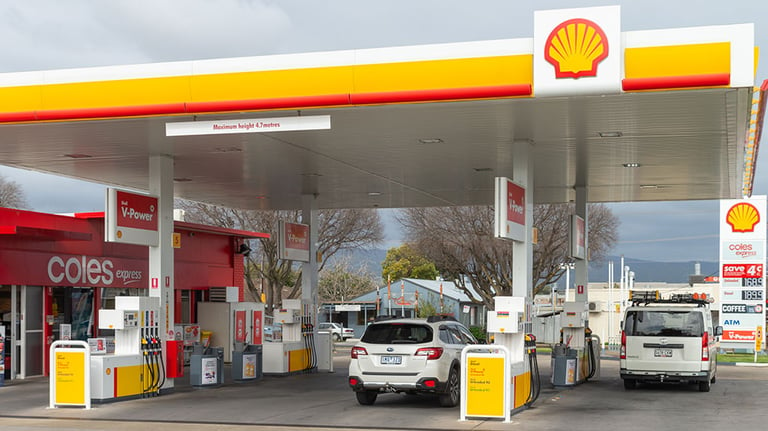
Does driving with the ac off save gas?
The answer to this question is a bit complicated and can vary depending on the scenario. The air conditioning system in your car is powered by the alternator, which draws its power from your running engine. Therefore, using the AC does use more gas, and shutting it off will make your vehicle more fuel-efficient. Nevertheless, driving your vehicle over 35 miles per hour with the windows down creates additional drag from wind as you move down the road. This drag forces your engine to use more gas to push the car forward and can actually be less fuel-efficient than driving with the AC on and the windows up.
Do heated seats use fuel?
The short answer is yes: Heated seats in a vehicle use fuel. While they don’t burn fuel to generate heat, the heating elements they use to warm the seat use electricity supplied by the alternator, which is powered by the running motor. In this sense, any accessory that is powered by the alternator creates more of a draw on the engine, forcing it to burn more fuel as the car runs. So, if you’re looking to save a little gas while you drive, minimizing the amount of electrical accessories you have operating is a good way to increase your gas mileage.
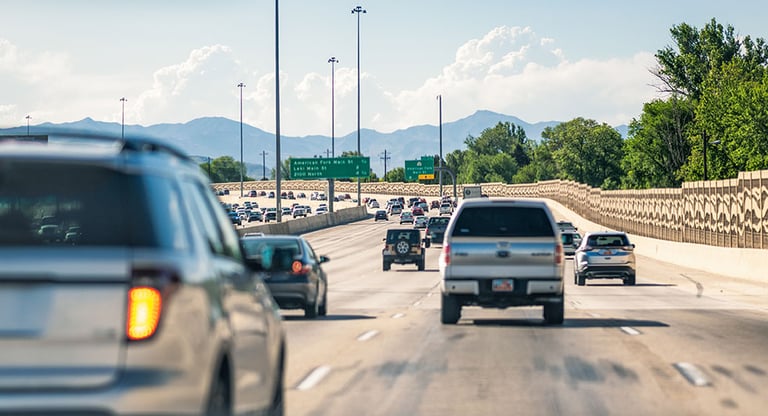
How to calculate the remaining miles when the fuel light is on
While plenty of modern vehicles come with “distance to empty” displays and fancy innovations that let you know exactly how much gas is left when the fuel light comes on, it’s possible to calculate the remaining miles with some simple math on your own. Here are the steps:
- Check your vehicle's owner's manual to determine the fuel capacity of your tank, and write it down. For the purposes of this example, we'll assume it's a 15-gallon tank and the vehicle gets 23 miles per gallon.
- Starting the next time you stop for fuel at the gas station (with your fuel tank completely full), reset your trip meter to zero or write down your odometer reading, and then drive as you normally would. Pull over to fill up as soon as you see your gas light come on, taking note of your trip distance or odometer reading. In this example, we'll say the vehicle went 300 miles before its light came on. Refill your tank completely.
- Write down how many gallons of gas it took for the pump to shut off, and then refill your tank. In this example, we'll say it took 13 gallons, so we know this vehicle burns 13 gallons before its fuel light comes on.
- By dividing the number of miles recorded (300) by the number of gallons it took to refill the tank (13), we can get a miles per gallon reading (23 miles per gallon).
- Subtract the number of gallons it took to fill the tank (13) from the tank's total capacity (15). The 2 gallons leftover gives us the amount of gas in the tank when the low fuel light comes on.
- Multiply the vehicle's 23 mpg by the number of gallons left in the tank when the fuel light comes on (2). The result is approximately how many miles you have left when your gas light comes on before completely running out of gas (approximately 46 miles).
Is it bad to drive my vehicle to empty?
In many instances, running out of gas is little more than an embarrassing inconvenience. In other cases, however, it presents a danger to you and everyone else on the roadway. If your engine dies, you can lose control of your vehicle’s power steering and brakes—possibly leaving you stranded in the middle of a highway or other high-traffic area. This poses a risk to your personal safety as well as the safety of other motorists and pedestrians sharing the road.
You should never make a habit of pushing the limit on how far you can drive on empty. Frequently driving for extended periods with a small amount of fuel also can damage your car by sucking harmful deposits or rust into the fuel filter. This, in turn, can reduce the pump's efficiency—or break it altogether—and send dirty contaminants into your engine.
By keeping enough gas in the tank and keeping an eye on your fuel gauge, you can avoid the hazards and headaches of driving with your fuel light on. Once your fuel indicator dips below the quarter mark, plan to refuel at the nearest gas station. (AAA’s Fuel Price Finder makes finding gas stations with the cheapest gas near you easy). After all, there’s never a good time to run out of gas.
